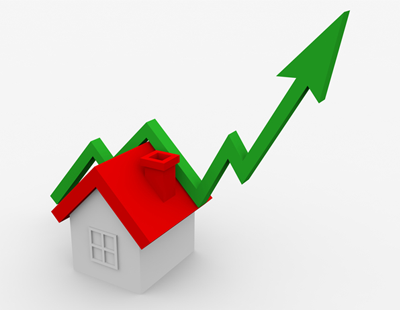
New research by property development optimisation platform, Unlatch, has discovered that some areas of the UK are still feeling the effects of the 2008 recession.
New-build house price data from the Land Registry was analysed by Unlatch to reveal these findings. The data shows that new-build property prices fell by 15% as a direct result of the Great Recession.
New build property values continue to grow. Statistics show that the average new-build is around £358,543, which is 60% more than pre-recession levels.
Overall, the new findings reveal that only two areas in the UK have remained stagnant.
UK new-build price performance
The average UK new-build home is currently 12% more than during the 2008/09 market crash.
The findings show the East of England is 29% higher than pre-crash levels after adjusting for inflation. This makes this part of England the location with the strongest new-build price performance.
In second place is the capital, with new build property values up 26% in London. Some of the highest rates of growth after adjusting for inflation can be seen in the South East which is up by 25% and the East Midlands which is up by 20%.
The average value of a new-build home has risen by 24% in comparison to pre-recession market values. Yet Unlatch’s research shows that after adjusting for inflation, this market value has dropped by -12%.
The other location where the average house price has failed to return to pre-recession levels is Northern Ireland. These values are down by 38% after adjusting for inflation.
Lee Martin, head of UK for Unlatch, concludes: “The impact of the Great Recession of 2008/09 was severe, to say the least, and it brought a sharp decline in property values across all areas of the market.”
“Thankfully, the cyclical nature of the UK property market means that we have since seen house prices bounce back and beyond the levels seen prior to the crash across the vast majority of the market.”
“This is particularly impressive given the prolonged periods of political uncertainty that came as a result of a very protracted Brexit process, which was followed almost immediately by a global pandemic, with some incorrectly predicting that both would spur another property market crash.”
“Proof, if it was ever needed, that there really is no safer investment than bricks and mortar.”






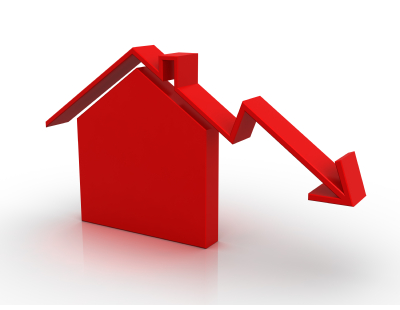
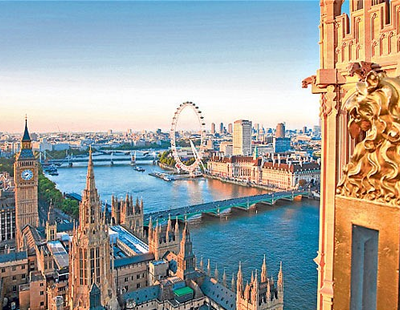



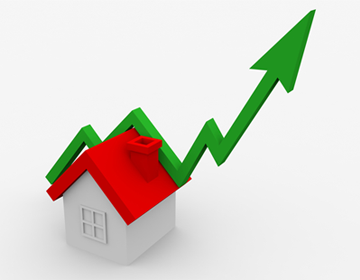
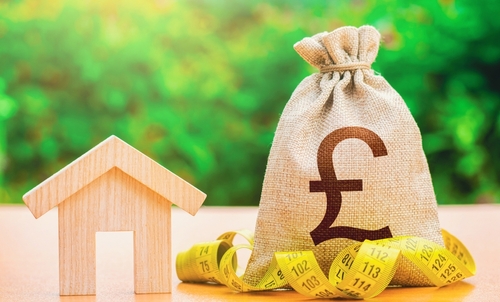


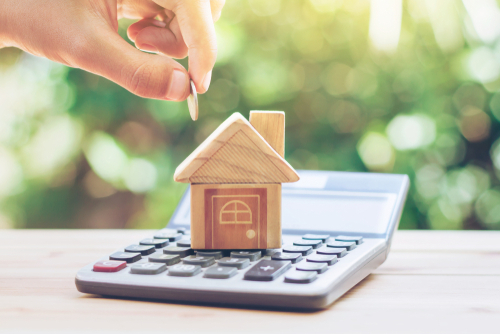
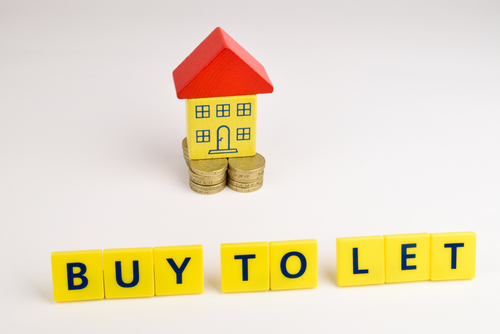
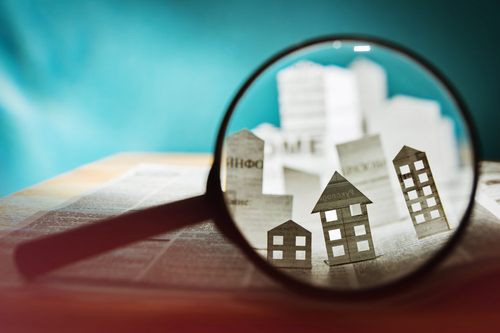





Join the conversation
Be the first to comment (please use the comment box below)
Please login to comment